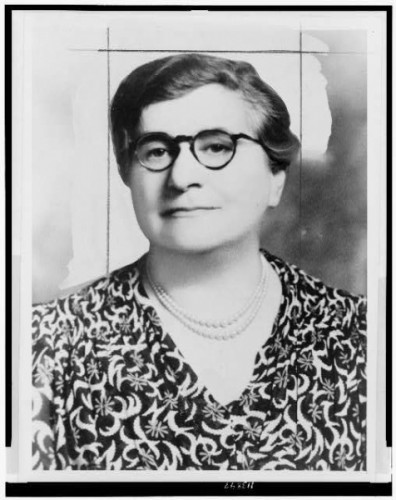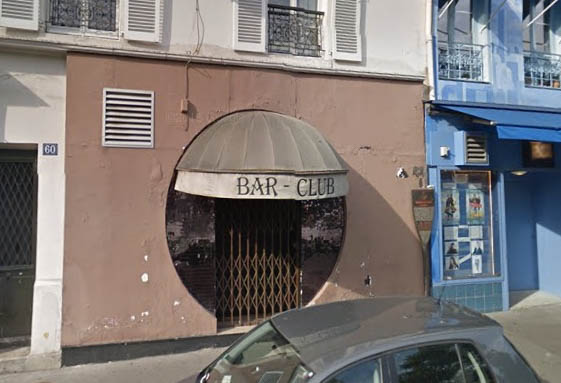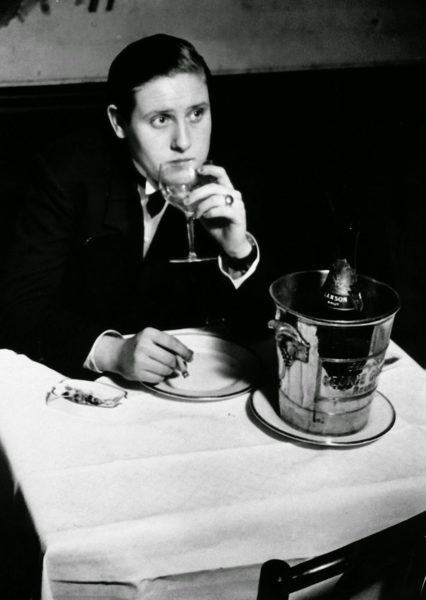They say that revolutions are for the young. That’s probably a truism when you look at the French Revolution and even to contemporary ones like Egypt’s “Arab Spring.” It may also apply to resistance movements during periods of conflict. When one studies the French Resistance during the German Occupation, it becomes clear very quickly that most resistance members are young (thirty-five or younger).

That is until you meet Etta Shiber, a 62-year old widow and former Manhattan housewife, who lived in Paris with her best friend before and during the Occupation—with the exception of the time she spent in a Gestapo prison.
Did You Know?
After nearly 600 years in England, a medieval ring belonging to Joan of Arc was returned to France. On the eve of her execution in May 1413, she gave the ring to an English cardinal. Throughout the centuries it was bought and sold multiple times. On 4 March 2016, it came back to France after an organization successfully bid $425,000 at auction. Reportedly, there is sufficient documentation to authenticate the ring as belonging to Joan.
Kitty
Etta and her husband traveled to Paris every year for a three-month stay. While there in 1925, she met Kitty who was to become her best friend. Kitty Beaurepos, the daughter of a London banker, was an English society woman who married young. Moving to Italy, she and her husband had a son but shortly after, her first husband passed away and Kitty moved to Paris. She married a Frenchman but then amicably separated. Kitty eventually opened a small dress shop on Rue Rodier where she catered to Americans and this is where the two women met.
Every year on her annual trip to Paris, Etta would call on Kitty. In 1933, Etta traveled to Paris without her husband but did take her ill brother. Irving became so ill that Kitty had to bring in the best medical help that Paris had to offer. Alas, it wasn’t enough and Irving died (he was buried in the Père Lachaise cemetery). William Shiber died three years later leaving Etta a widow. Kitty invited her to move to Paris and live with her at 2, rue Balny d’Avricourt in one of Paris’s more exclusive neighborhoods (near the Arc de Triomphe). Read More I Was Looking Forward to a Quiet Old Age



